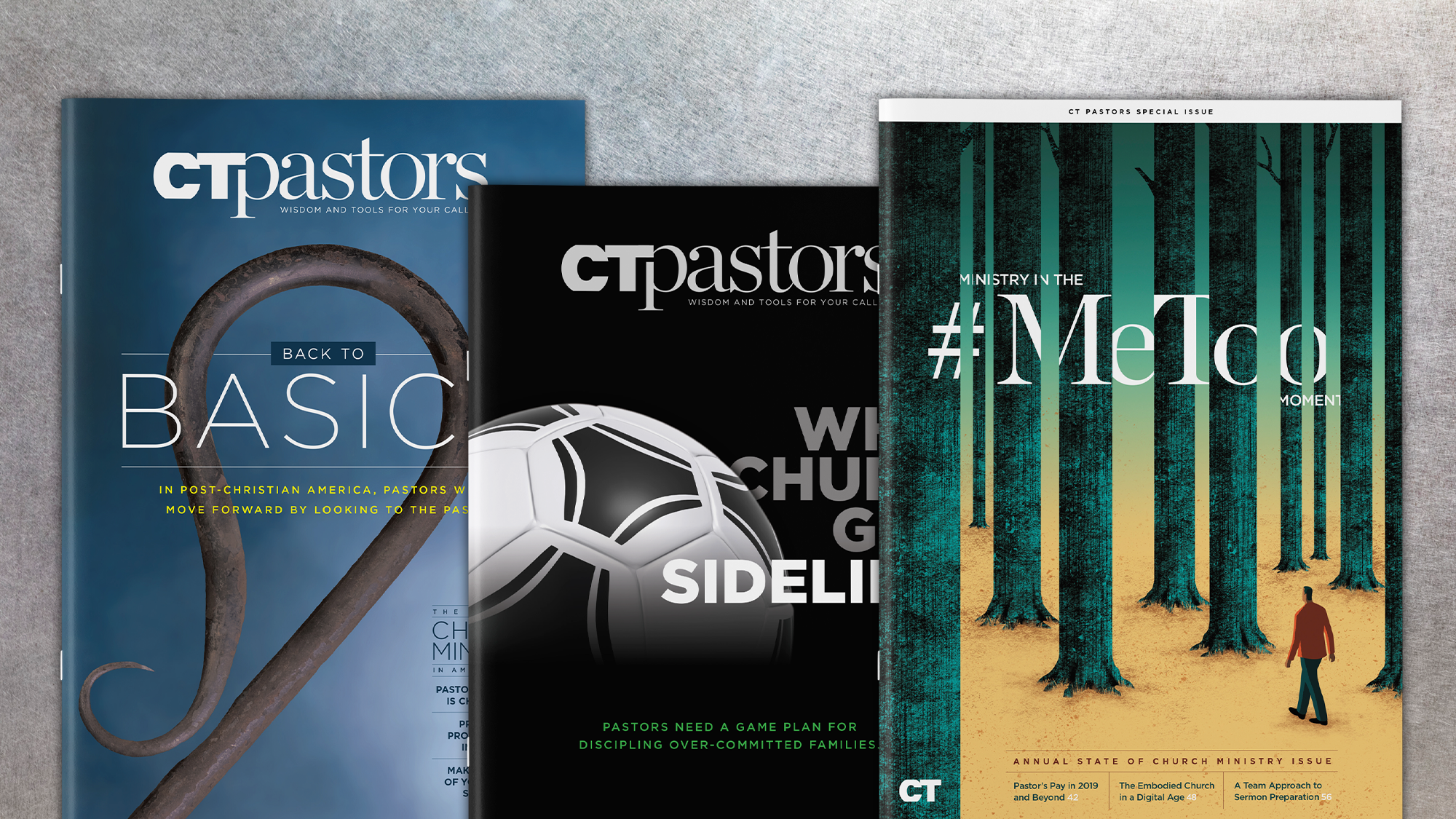Many smaller churches reflect a rural mindset, marked by crisis and hardship. A few show growth and vitality. What makes the difference? A recent survey of 109 growing smaller churches in the middle United States shows 15 common characteristics. The growing churches exhibited a majority of these traits:
- The pastor and members were involved in community activities.
- They were located in towns of 2,500 people or more.
- They were fewer than ten miles from a Wal-Mart.
- The population was in transition.
- They were pastored by younger pastors.
- The church was "very friendly," not just friendly.
- The church was open to new methods.
- Evangelism was a number one priority.
- The atmosphere of the church was open and safe for newcomers.
- The church had multiple children's ministries.
- Mentoring activities were available for newcomers.
- A high percentage of members were involved in ministry.
- Evangelism was the strongest skill of the pastor.
- Guests were welcomed and treated as though they were members.
- The church had written plans and goals.
Tags:
From Issue:

Support Our Work
Subscribe to CT for less than $4.25/month
























